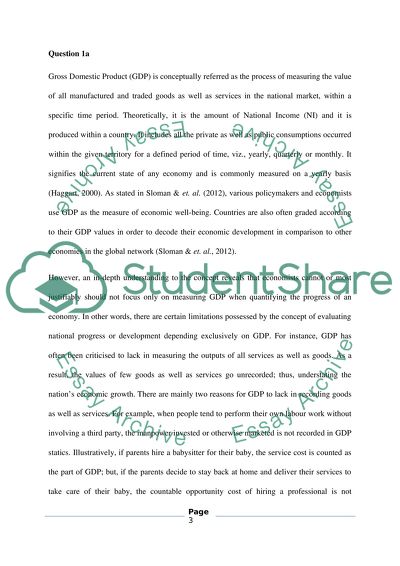Cite this document
(“Principle Of Economics Essay Example | Topics and Well Written Essays - 2000 words”, n.d.)
Retrieved de https://studentshare.org/macro-microeconomics/1491240-principle-of-economics
Retrieved de https://studentshare.org/macro-microeconomics/1491240-principle-of-economics
(Principle Of Economics Essay Example | Topics and Well Written Essays - 2000 Words)
https://studentshare.org/macro-microeconomics/1491240-principle-of-economics.
https://studentshare.org/macro-microeconomics/1491240-principle-of-economics.
“Principle Of Economics Essay Example | Topics and Well Written Essays - 2000 Words”, n.d. https://studentshare.org/macro-microeconomics/1491240-principle-of-economics.


